
What is Beach Glass?
Beach Glass begins as normal shards of broken glass that are then tumbled by waves and ground with sand and rocks until the sharp edges are smoothed and rounded.
Naturally produced Beach Glass ("genuine Beach glass") originates as pieces of glass from broken bottles, broken tableware, or even shipwrecks, which are rolled and tumbled in the lake for years until all of their edges are rounded off, and the slickness of the glass has been worn to a frosted appearance.
Sea glass and beach glass are different. Sea glass refers to salt water glass and beach glass refers to fresh water glass.
Beach Glass or Sea Glass is sometimes referred to as "Mermaid Tears" A Mermaid being a mythical creature that has the upper body of a woman and the tail of a fish. The first stories appeared in ancient Assyria, in which the goddess Atargatis transformed herself into a mermaid out of shame for accidentally killing her human lover. Mermaids are sometimes associated with perilous events such as floods, storms, shipwrecks and drownings. In other folk traditions (or sometimes within the same tradition), they can be benevolent or beneficent, bestowing boons or falling in love with humans.
Some people believe that each time a sailor drowned at sea, the mermaids would cry. The seaglass that washed ashore was actually their tears.
Beach Glass begins as normal shards of broken glass that are then tumbled by waves and ground with sand and rocks until the sharp edges are smoothed and rounded.
Naturally produced Beach Glass ("genuine Beach glass") originates as pieces of glass from broken bottles, broken tableware, or even shipwrecks, which are rolled and tumbled in the lake for years until all of their edges are rounded off, and the slickness of the glass has been worn to a frosted appearance.
Sea glass and beach glass are different. Sea glass refers to salt water glass and beach glass refers to fresh water glass.
Beach Glass or Sea Glass is sometimes referred to as "Mermaid Tears" A Mermaid being a mythical creature that has the upper body of a woman and the tail of a fish. The first stories appeared in ancient Assyria, in which the goddess Atargatis transformed herself into a mermaid out of shame for accidentally killing her human lover. Mermaids are sometimes associated with perilous events such as floods, storms, shipwrecks and drownings. In other folk traditions (or sometimes within the same tradition), they can be benevolent or beneficent, bestowing boons or falling in love with humans.
Some people believe that each time a sailor drowned at sea, the mermaids would cry. The seaglass that washed ashore was actually their tears.
Beach Glass colors.
Red, orange and yellow are believed by most to be the rarest, In all my years of collecting I have never found an orange piece, therefore I list ORANGE as the rarest.
As you see from the pictures we have found several reds and yellows.
RED BEACH GLASS...
Red, orange and yellow are believed by most to be the rarest, In all my years of collecting I have never found an orange piece, therefore I list ORANGE as the rarest.
As you see from the pictures we have found several reds and yellows.
RED BEACH GLASS...
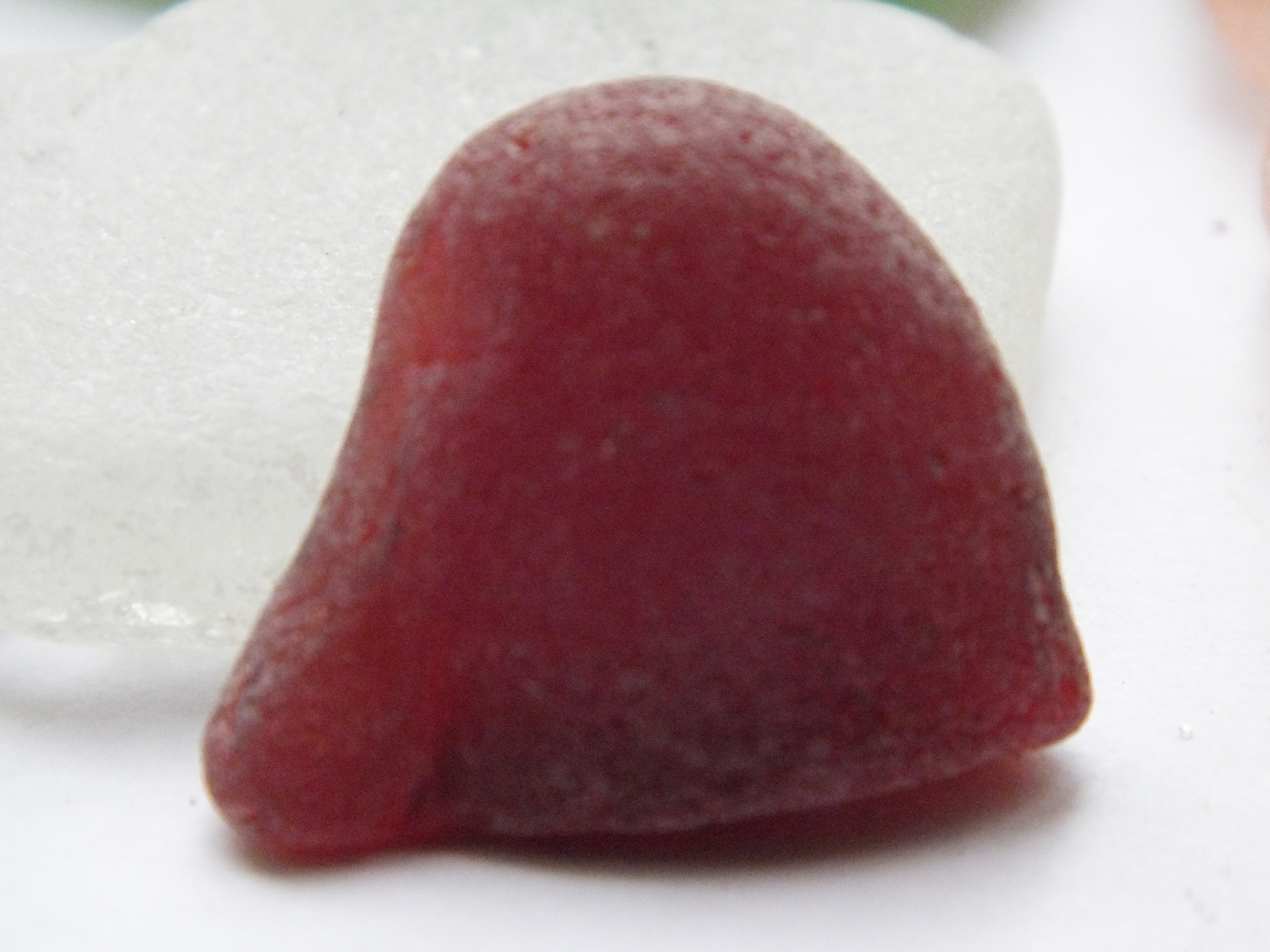
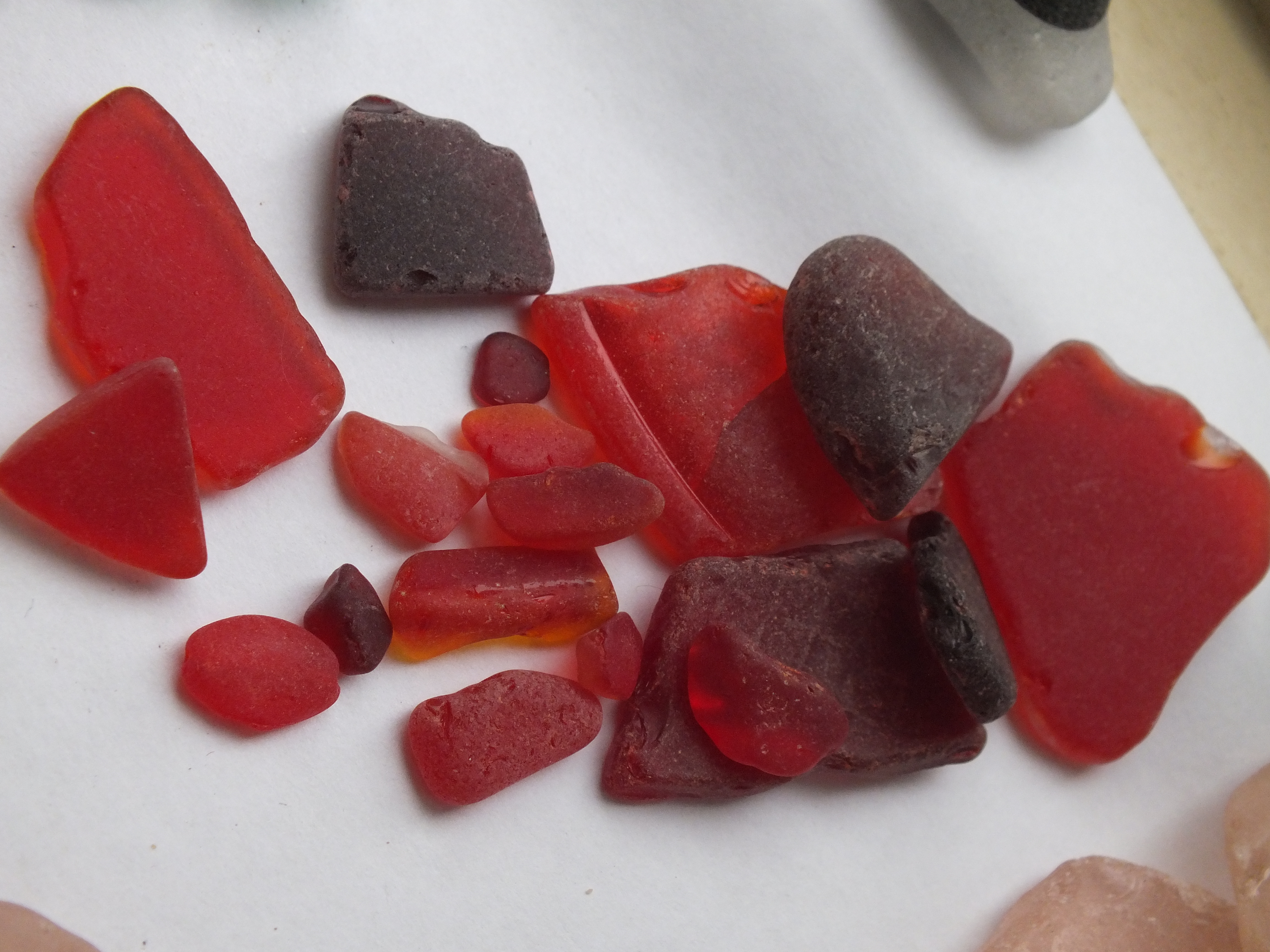
Here are a few of our reds we have found.
This Red piece was found along the shore of Lake Erie and is thick and heavily frosted.
Red beach glass may have originated from tableware, car tail lights,victorian lamps/lanterns, old Schlitz bottles (1949/50/63) and nautical lights on boats/ships.
Red Beach Glass is rare mainly because a very limited amount of red glass was ever mass produced. As a result, not much red is ever found in comparison to most other colors of beach glass.
The additives needed to make the reds and orange glass colors were expensive and difficult to come by 100 years ago,True Reds do in fact use gold chloride to turn the molten glass it's vivid red hue. This is why even today, real red glass is very expensive. Alot of the red beach glass that is found came from tableware made by Anchor Hocking Glass Company. Anchor Hocking discovered a way to use copper to turn glass a red hue instead of the traditional gold, making the cost of producing this glass much more commercially feasible, In 1938 the first "Royal Ruby" tableware was produced.
Red Beach Glass is rare mainly because a very limited amount of red glass was ever mass produced. As a result, not much red is ever found in comparison to most other colors of beach glass.
The additives needed to make the reds and orange glass colors were expensive and difficult to come by 100 years ago,True Reds do in fact use gold chloride to turn the molten glass it's vivid red hue. This is why even today, real red glass is very expensive. Alot of the red beach glass that is found came from tableware made by Anchor Hocking Glass Company. Anchor Hocking discovered a way to use copper to turn glass a red hue instead of the traditional gold, making the cost of producing this glass much more commercially feasible, In 1938 the first "Royal Ruby" tableware was produced.
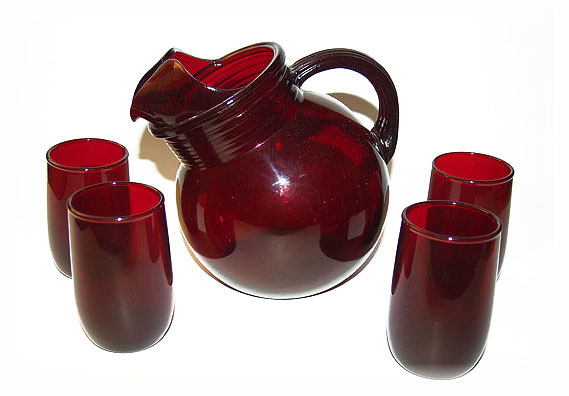
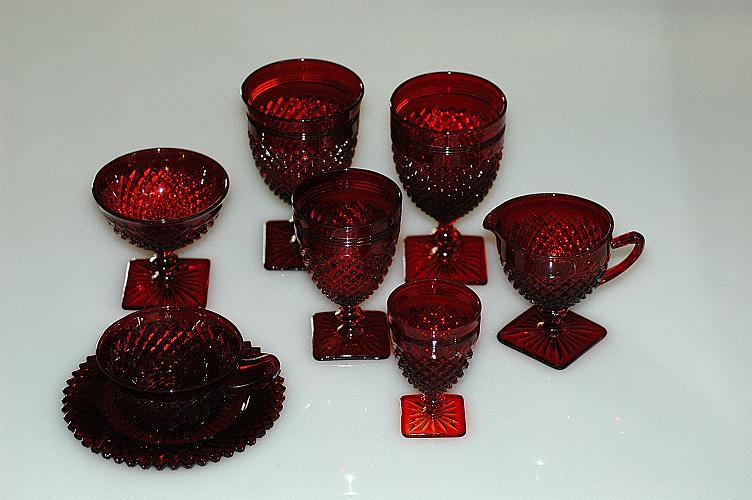
A few samples of 'Royal Ruby" by Anchor Hocking
ORANGE BEACH GLASS...
Just like red ,Orange glass was exspensiveto make as well as very difficult to work with. The challenge of holding a consistant orange color between batches may have been a key factor that limited production, but another was simply the lack of demand. When it comes to bottle glass, the list of items produced in orange is virtually limited Almost no orange glass was made commercially.
It was used for glass lenses of warning lights.Several glass manufacturers made translucent orange tableware they called ‘’iridescent’’ in the early 1900s, Intensely iridescent ‘’Carnival glass’’ was also made in orange.
Just like red ,Orange glass was exspensiveto make as well as very difficult to work with. The challenge of holding a consistant orange color between batches may have been a key factor that limited production, but another was simply the lack of demand. When it comes to bottle glass, the list of items produced in orange is virtually limited Almost no orange glass was made commercially.
It was used for glass lenses of warning lights.Several glass manufacturers made translucent orange tableware they called ‘’iridescent’’ in the early 1900s, Intensely iridescent ‘’Carnival glass’’ was also made in orange.
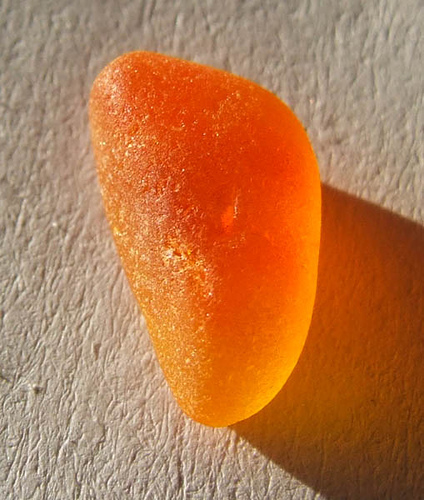

Picture on the left is of a piece of Orange Beach Glass from the internet (Sadly I do not have any in my collection)
Picture on the right is orange carnival glass.
Picture on the right is orange carnival glass.
Yellow Beach Glass...
Yellow sea glass may not be as desirable as red, but there were few mass-produced yellow bottles, making is almost as rare. Yellow glass has been used primarily for tableware and ornemental pieces like "Avon" bottles
Yellow sea glass may not be as desirable as red, but there were few mass-produced yellow bottles, making is almost as rare. Yellow glass has been used primarily for tableware and ornemental pieces like "Avon" bottles
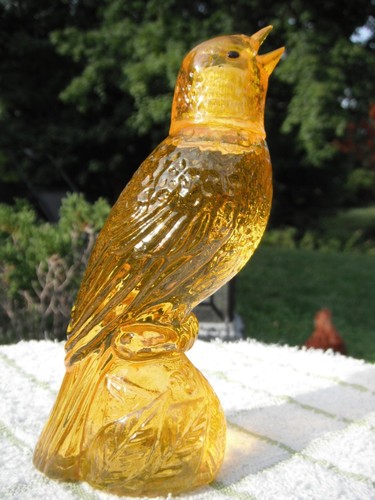
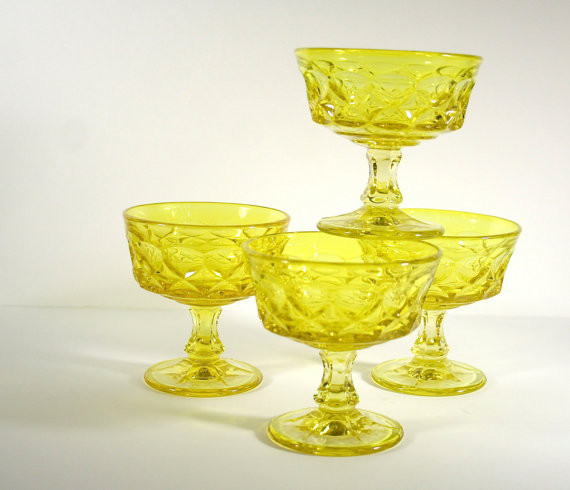
Yellow "Avon" bottle and vintage yellow tableware
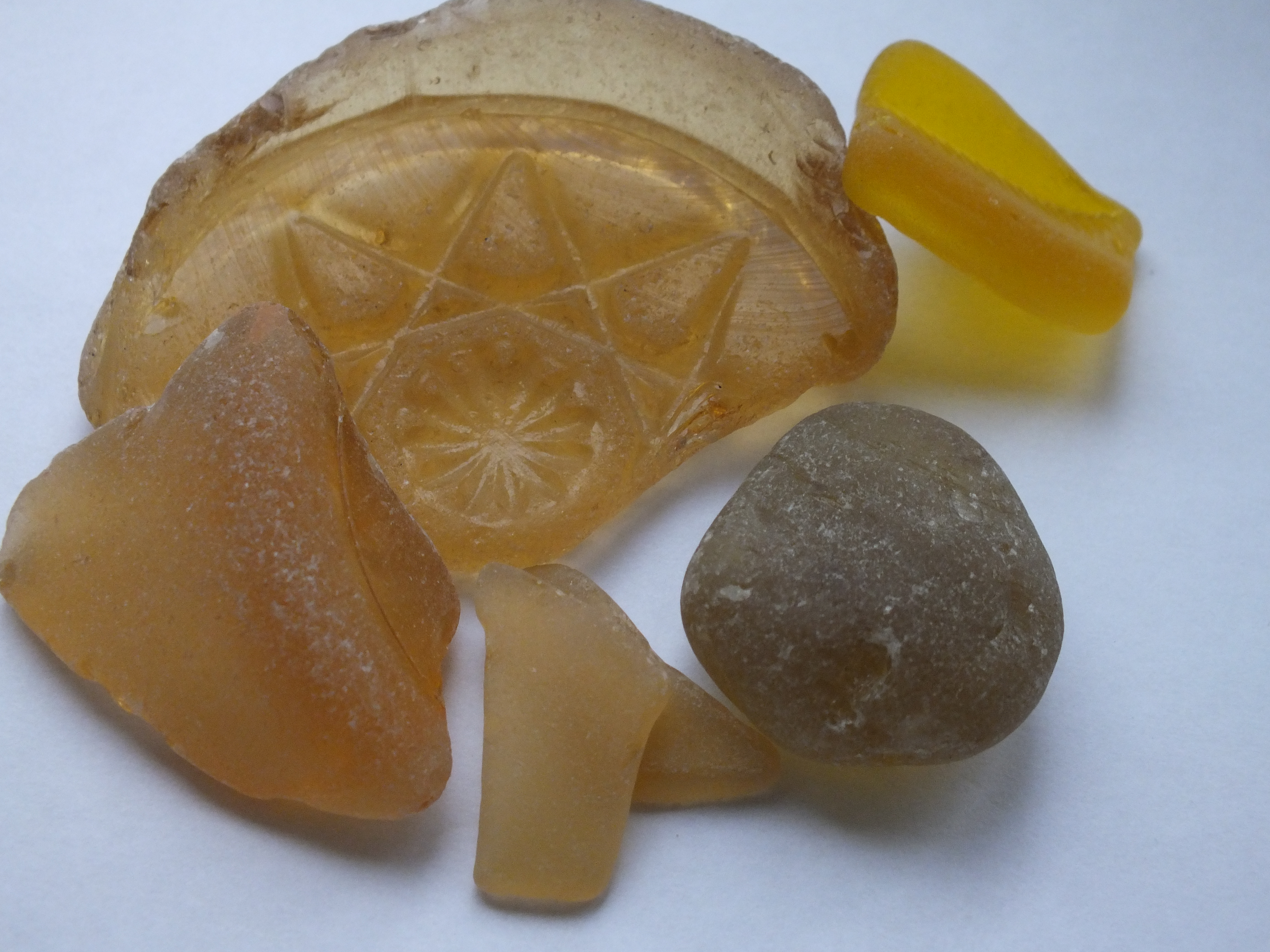
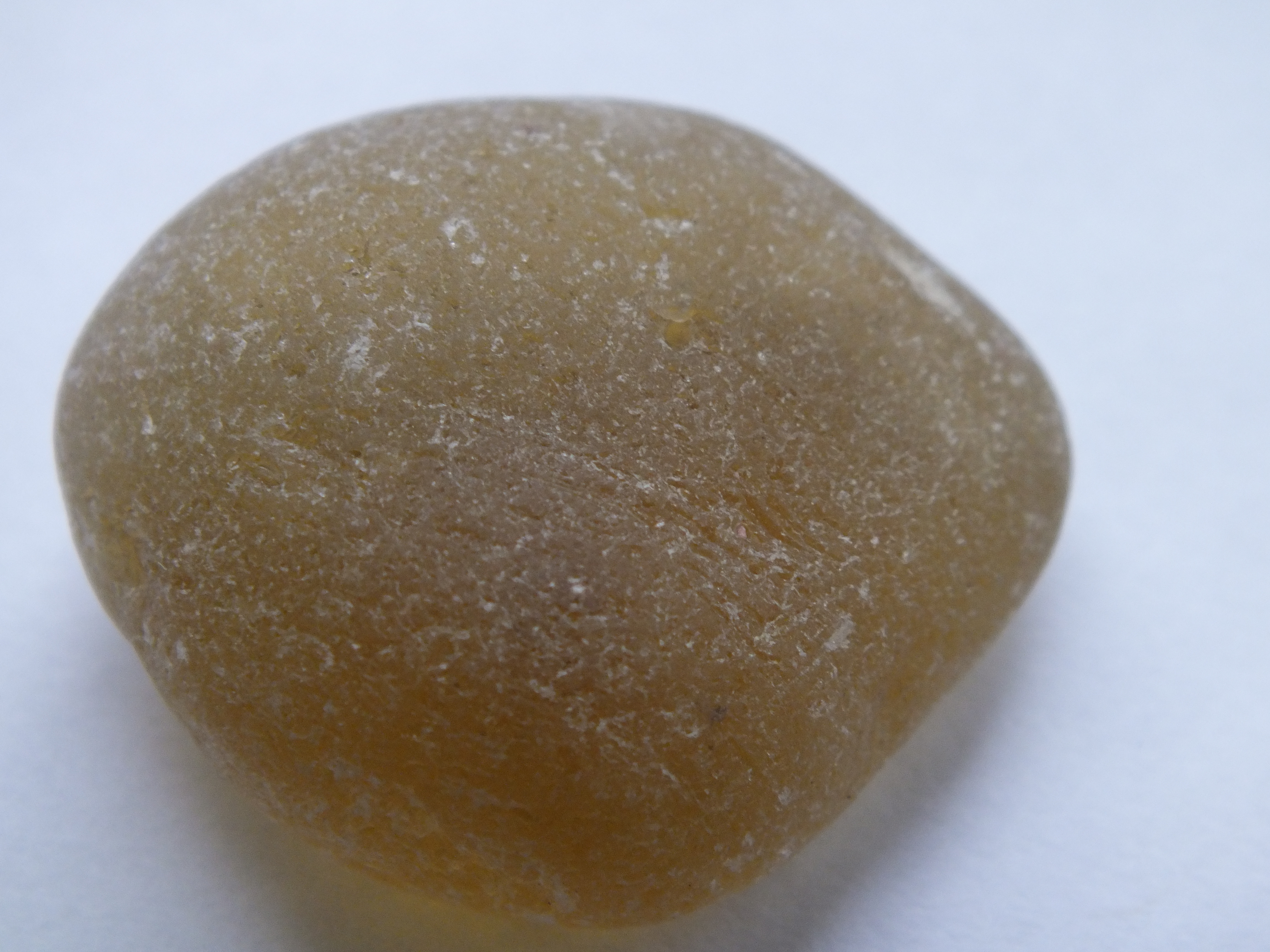
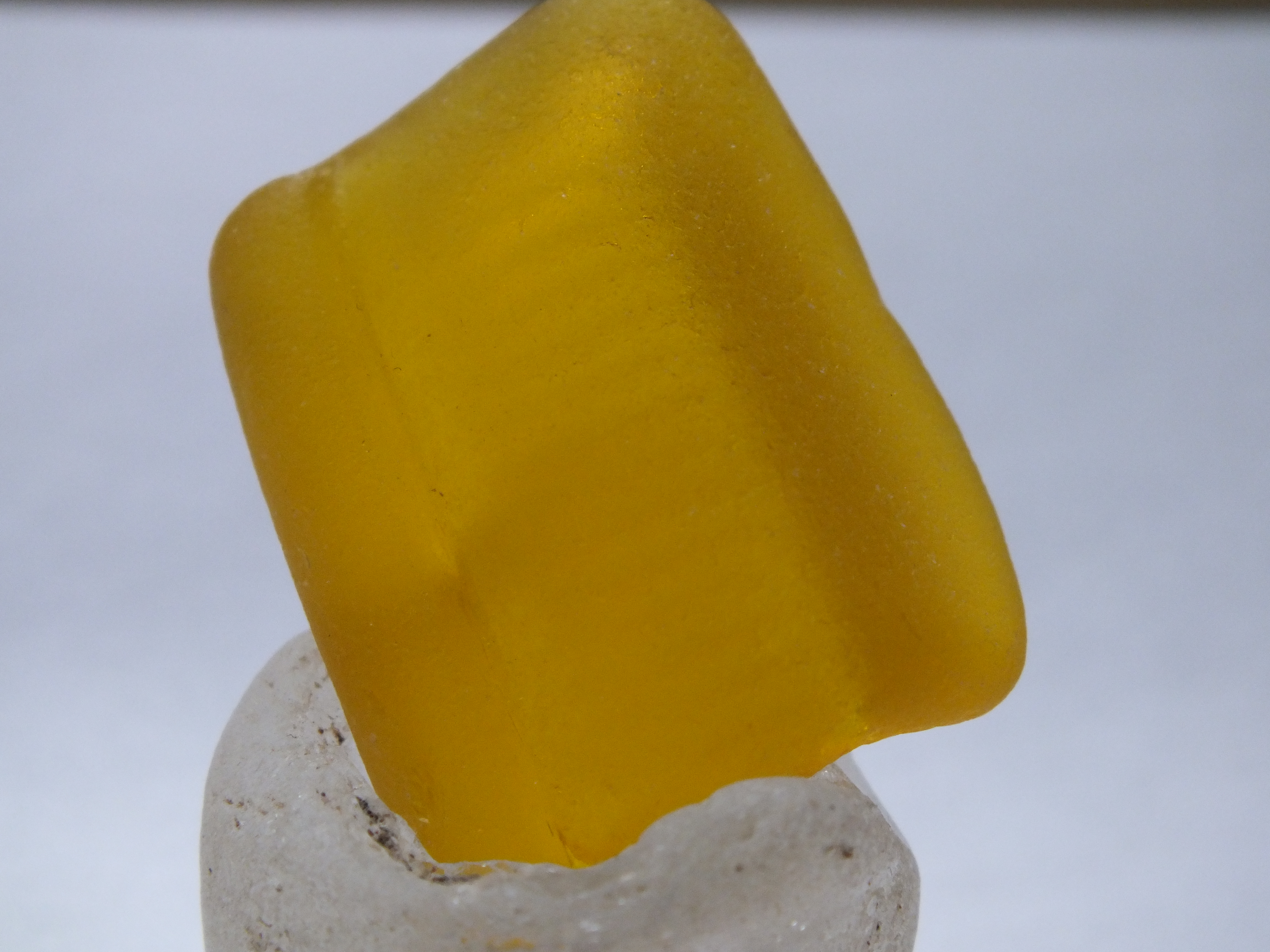
Some of our Yellows. Very thick piece My Favorite yellow,
found Jan 2015/lake Erie
found Jan 2015/lake Erie
oops!!! we are stilll working on this page!!!!